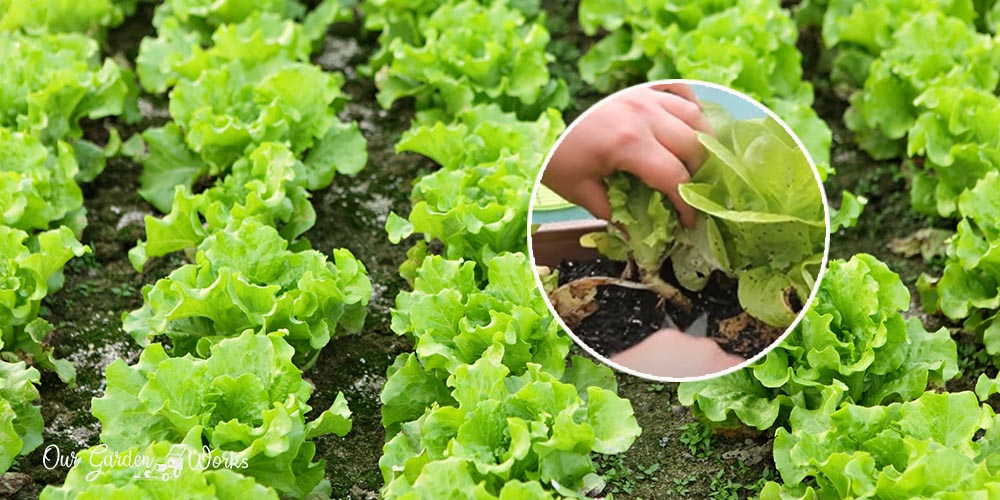Many gardeners would agree that lettuce is a rewarding plant to grow. Learning how to cut lettuce from the garden so it can come again is a must-have knowledge so you can make the most of your crops.
After all, who doesn’t want a weekly bowl of nutritious greens?
Discover the three methods to cut your lettuce regardless of its variety. You may also apply these methods to spinach and other cruciferous vegetables.
How to cut lettuce from the garden in 3 ways
Lettuce is a type of plant wherein it grows new leaves from the center. The maturity of lettuce to be ready for harvest depends on the variety. However, the typical duration is usually after 30 to 70 days.
The best thing about lettuce is it will keep developing new leaves as long you control its height and keep harvesting.
If you’re successful in growing one, you will not only enjoy a second harvest but can also achieve five harvests until the crown ages and starts to bolt.
Method #1: Harvesting by leaf
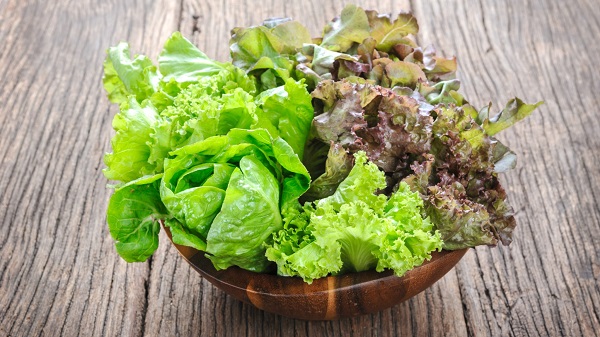
One of the quickest ways to harvest lettuce is to cut the number of leaves you need at a time.
It is the ideal method for those who need a few leaves for their burgers or preparing a meal for one.
Here’s how to safely do it without wounding the crown:
- Use sharp and sanitized scissors for cutting the leaves. Some people prefer pinching off the leaves from the stem. However, it may cause some wounds that may affect the growing plant. Using sharp scissors or pruning shears, you’ll achieve a clean cut where new leaves can grow.
- Cut the leaves at the base and avoid wounding the stem. You may get a bunch of leaves, but you must leave the crown where new leaves can grow.
- Water the lettuce as needed to help it grow its new leaves. Usually, it takes around 5 to 7 days to see those tiny leaves grow from 5 to 6-inch leaves. If you need more lettuce, you may opt for the method below.
Method #2: Cut-and-come again method
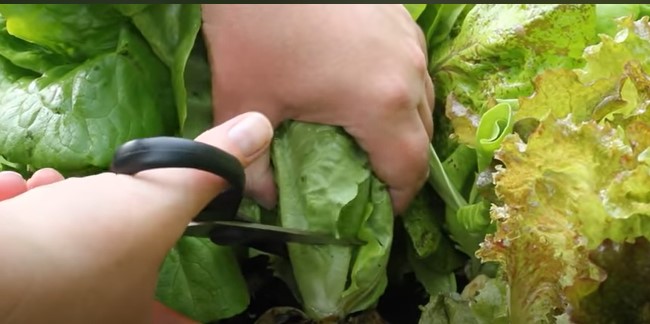
If you need lettuce that’s more than just a few leaves, you may still harvest a lot without pulling out the entire plant.
It is ideal for serving a salad to a group of people or when preparing a Korean pork barbecue called samgyupsal (삼겹살).
Check out the cut-and-come-again method below:
- Hold the lettuce leaves in place, like you’re holding your hair when doing a ponytail, and keep it steady. Then, look for an area to cut while leaving 1 to 2 inches of stem or crown above the ground.
- Cleanly cut the lettuce head and water the stem left in the ground if the soil is dry. After a few days, you’ll notice new leaves sprouting at the center.
- Since all of its leaves are gone, you should expect a longer waiting time before you can harvest them again.
Method #3: One-time harvest
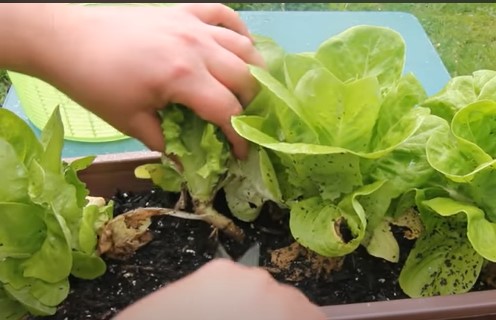
If the lettuce leaves are starting to taste bitter or bland and you keep getting fewer leaves to harvest, then maybe it is about to bolt, which means its life is about to end.
Bolting is a plant process wherein lettuce prepares to flower and seed.
When lettuce bolts, the leaves become bitter and fibrous, making them hard to eat. A central stalk will emerge from the plant to develop its blooms. Bolting is triggered when the temperature increases (>70°F/20°C) and the days get shorter.
Before your lettuce bolts, harvest it by cutting down the base, never leaving anything aside from the roots.
Some people who plan on re-using the plant bed uproot the lettuce, including its roots.
How to delay bolting
Two ways to delay bolting is to protect it from warm temperatures by covering or planting it close to tall crops.
Row covers can help protect the lettuce from the warming heat of the sun in the late weeks of spring. On the other hand, tomatoes and cucumbers are great companion plants for lettuce to serve as shade against the sun.
Pro tip: Learning how to cut lettuce from the garden correctly can also help delay bolting.
How many times can you harvest lettuce?
Lettuce grows fast, which allows you to harvest abundantly. Generally, you can have a maximum of 5 harvests per plant if they are in optimal growing conditions.
However, the leaf development of lettuce depends on the variety and growing conditions where it grows.
Tips for growing lettuce
The delicate lettuce leaves not only looks delicious to you but also to a lot of pests. They can also be challenging to grow when the conditions are not ideal for their development.
So, here are some tips you can practice to get that crispy fresh lettuce leaves for your salad bowls:
(1) The best way to harvest more than your hands can handle is to do succession planting. It is a way of planting your lettuce in rows at a week intervals.
Doing so will give each row the time to grow new leaves and let them grow longer before you need to harvest them again.
(2) Lettuce is a cool-growing plant and requires a temperature around 45°F and 65°F to grow well.
It needs the early morning sun to grow new leaves but may need protection from the afternoon sun. You may strategically place them in your yard where they can receive early morning sun and shade in the afternoon.
(3) Grow alliums like garlic and marigolds around your lettuce to naturally ward off any pests that attempt to munch on your greens.
They produce a strong scent that invites beneficial insects like bees and repels destructive ones like cabbage worms and moths.
(4) Lettuce seeds are tiny and require sunlight to germinate. They should be ½ to ¼ of an inch below the soil surface to have enough access to sunlight.
The soil should also be loose enough and have no rocks that may block the sunlight from the seeds.
Best lettuce varieties to grow in the garden
Several lettuce varieties are available in the market, but some stand out for their flavor, early maturity, and ability to adapt to changing weather conditions.
Check the gardeners’ favorites below:
Romaine
Parris Island
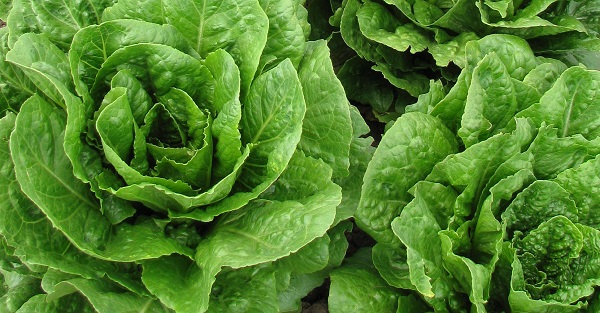
The irresistible, crunchy, and sweet Parris Island makes them a good option for lettuce wraps and BLTs. It has upright growth and matures in 21 days.
As baby greens, they are ready for harvest when the leaves reach 10 to 12 inches. It is resistant to tip burn and tolerant of mosaic virus.
Crisp mint or Erthel
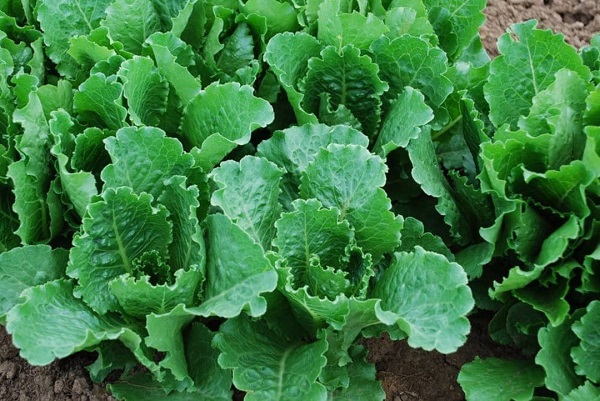
Crisp mint is one of the best romaine varieties, providing tender leaves with a good lettuce flavor and crisp romaine texture.
It has compact and upright growth and can reach up to 10 inches. The head is ready to harvest within 60 to 65 days after planting.
Butterhead lettuce
Butterhead lettuce varieties are the popular ones available in the market and close to the hearts of most gardeners. Most of them have early maturity and are more tolerant of warm temperatures.
Here are the best ones to grow in your garden:
Buttercrunch
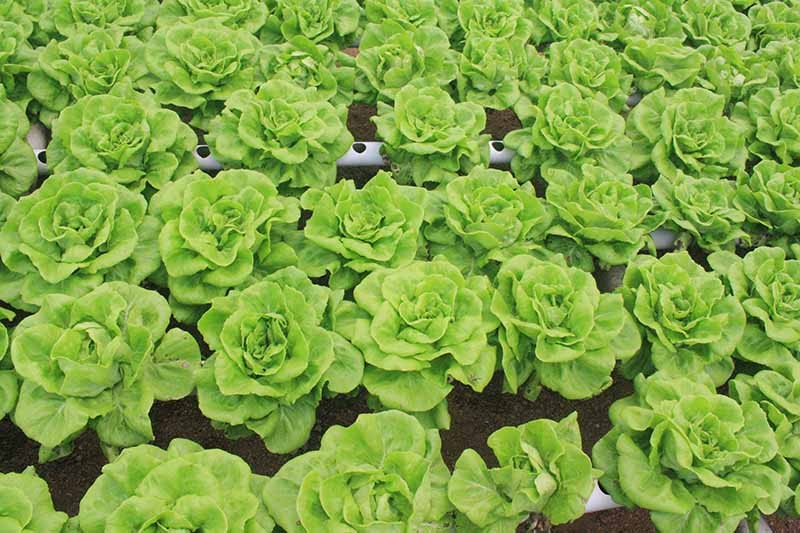
Buttercrunch is probably everyone’s favorite for its crunchy leaves and delicious flavor.
It is a Bibb-type of lettuce with loosely formed heads and leaves with a light touch of red. It is more tolerant of heat than other varieties, resistant to bolting, and can withstand typical plant stress. It matures within 60 to 65 days.
Skyphos (red butterhead lettuce)
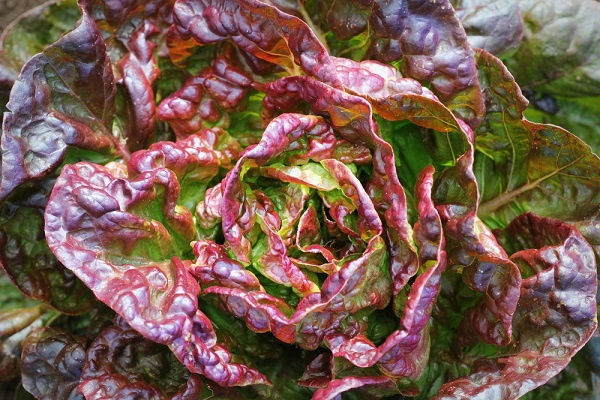
Turning to the red varieties, Skyphos is a beautiful red butterhead with flavorful deep red leaves.
Gardeners love it because it has no bitter leaves and can resist common diseases. It matures within 60 to 65 days, like other butterhead varieties. Due to its unique green and burgundy color, it has the potential to be ornamental too.
Merveille Des Quatre Saisons
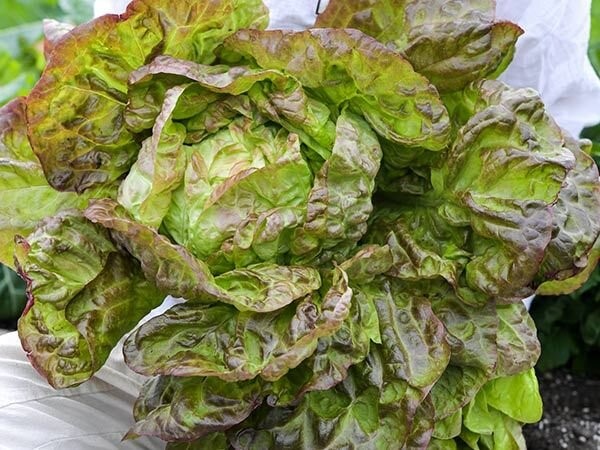
Merveille Des Quatre Saisons is a French heirloom butterhead with early maturity and does better in warm temperatures than other butterhead varieties.
Its leaves are flavorful, and it can do well in cramped conditions. It matures in 48 days and can grow into a big head of lettuce.
May Queen
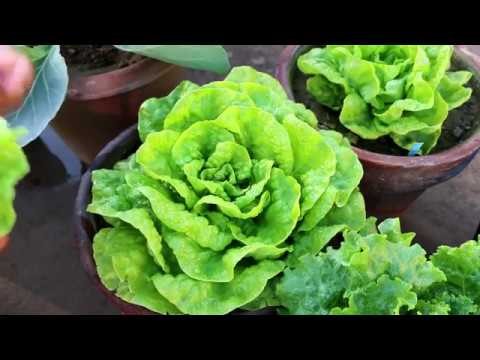
May Queen is a popular European heirloom that’s been around for thousands of years. It has crispy and flavorful leaves with a pink tinge on every tip. It has an early maturity within 50 days and develops a beautiful rosette appearance in the garden.
Loose-leaf (Oak-leaf)
Linux

Linux is a rare oak-leaf type variety with deep red leaves and an upright growth. It is slow to bolt and well-loved for its nutritious leaves rich in antioxidants.
It is abundant in Vitamin A and has a beautiful rosette appearance, making it an ideal ornamental plant.
Frequently Asked Questions (FAQs)
Will lettuce grow back after cutting?
Yes. Lettuce can grow after cutting the leaves or the stem two inches above the ground. However, if cut at the base, it may fail to grow again.
Is it better to tear or cut lettuce from the garden?
Gardeners use both pinching and cutting in harvesting lettuce. Both are fine as long as the stem will not suffer from any wounds due to dull scissors.
For best results, use sharp scissors to make a clean cut. Any cut on the crown can create an opening for pests and diseases that may affect the growing lettuce.
What makes lettuce grow faster?
Lettuce varieties are fast growers in optimal growing conditions. For speedy growth, the soil must remain in low temperatures with the help of mulch or strategically growing tall crops around your lettuce patch. Water them as often as possible without making the soil too soggy.
Is it fine to cut lettuce with a knife?
There’s a common saying that harvesting lettuce leaves using a knife can leave some chemicals on the growing plant and cause it to stop growing. However, it is just a myth. In reality, gardeners use a specific knife to harvest lettuce.
What happens when lettuce grows too tall?
When lettuce starts to grow taller than usual., it’s probably starting to bolt.
Bolting is a process in low-growing crops where they develop a central stalk in preparation for their blooms. When lettuce bolts, it produces bitter and fibrous leaves that are very unpalatable.
How long does lettuce take to grow?
The maturity of lettuce depends on the variety. Early maturing lettuce varieties mature in 48 to 50 days, while others mature within 60 to 85 days.
Final Thoughts
With the unstoppable inflation around the globe, growing your lettuce in your yard can save you a lot of money from commercial pesticides.
Learning how to cut lettuce in the garden is a life skill you can share with your children. It can help them make several bowls of salad in just one lettuce.
We hope this post helped you how to achieve unlimited greens in your yard. Please share this post with your friends who are trying to live a sustainable lifestyle by planting their produce.
Which lettuce variety is your favorite? Let us know in the comments below!
